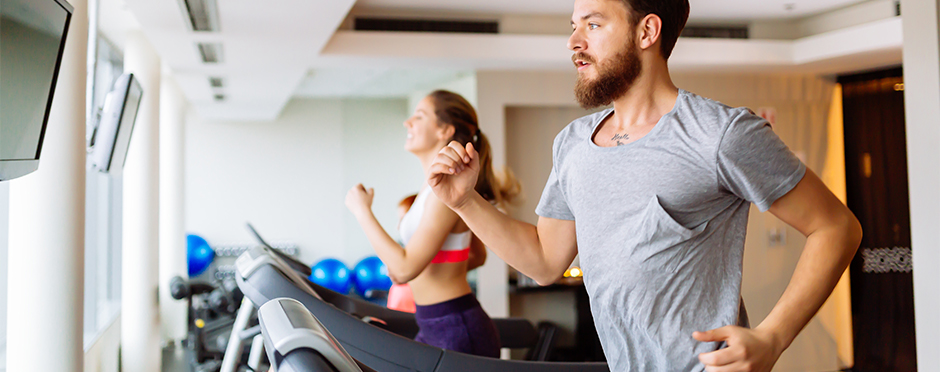
What are the Benefits of Video Gait Analysis?
Leave a CommentHave you ever considered participating in a video running analysis? They can be beneficial to runners for several reasons. With improved form, your running economy improves, leading to less wasted energy and potentially, a quicker pace! Your risk for injury can also be reduced, allowing you to continue running and to reach all of your goals in the future. Whether you are a seasoned runner looking to reach new goals, a runner who has recently taken time off due to an injury, or someone who is completely new to running, a Video Gait Analysis (VGA) can help!
The VGA Process
When you arrive for your VGA, a licensed physical therapist will meet with you to speak about your running goals and any concerns that you may have. They will then perform a comprehensive evaluation including strength, mobility and general movement testing. Lastly, they will watch you run on the treadmill. While you are running, the therapist will record you from all four directions (and sometimes even from overhead) to later analyze with software. This will measure the angle of your joints at different stages of your running gait, determine your running cadence and identify any gait patterns that are faulty or could be troublesome down the line.
Assessing Your Running Patterns
Research is constantly being done to assess at-risk running habits. One common debate that is frequently discussed is heel strike running vs mid-foot striking. Your running strike is how your foot lands with each running step. It was believed that landing on your heel was a cause for concern and can always lead to injury. We now believe it is not always faulty, but it can increase the breaking force up your leg when landing.1 This could potentially lead to hip or knee injuries. One way to address this is to undergo cadence training.
Running cadence is measured by the number of steps you take per minute while you are running. Research currently shows us that ideal cadence for runners is around 180 steps/minute, but can vary due to height, speed, and running experience.2 This number can be manipulated in order to improve landing, decrease stress on your knees or hips and improve running efficiency. At an Athletico clinic, we can use metronomes or specialized music playlists to run at a more appropriate cadence to help your running form.
Another common running pattern that may be identified during your VGA is a “hip drop.” This is when the muscles of your hip are not working to keep your hips level when you are standing on one leg. This can lead to mal-alignment down the leg, including knee valgus (knee caving in) or ankle pronation (ankle rolling in). With these patterns, you may experience acute pain in your lower extremities that could lead to more troublesome injuries in the future, such as a stress fracture in your shin.
Developing a Treatment Plan
After your session, your physical therapist will flag any problem areas on your specific VGA and develop a plan that best fits your running needs. This could include a home exercise program, a proper dynamic warm-up, shoe recommendations, or cadence training. They may also recommend a round of physical therapy if you experiencing pain or are at increased risk for injury. Keep in mind that not all unique running patterns are dangerous or at risk of injury and will not need intervention!
If you are interested in participating in a video gait analysis or have any other concerns while running, request a free assessment today!
Free assessments are available in-clinic or virtually through our Telehealth platform.
The Athletico blog is an educational resource written by Athletico employees. Athletico bloggers are licensed professionals who abide by the code of ethics outlined by their respective professional associations. The content published in blog posts represents the opinion of the individual author based on their expertise and experience. The content provided in this blog is for informational purposes only, does not constitute medical advice and should not be relied on for making personal health decisions.
1. Altman, A. R., & Davis, I. S. (2009). Is midfoot striking during running advantageous over rearfoot or forefoot striking. State College (PA): American Society of Biomechanics.
2.Aizen, T., Bosco, G., Fong, A., & Garvey, S. (2017). The Not-So-Competitive Edge: Determining Optimal Cadence in Recreational Runners
